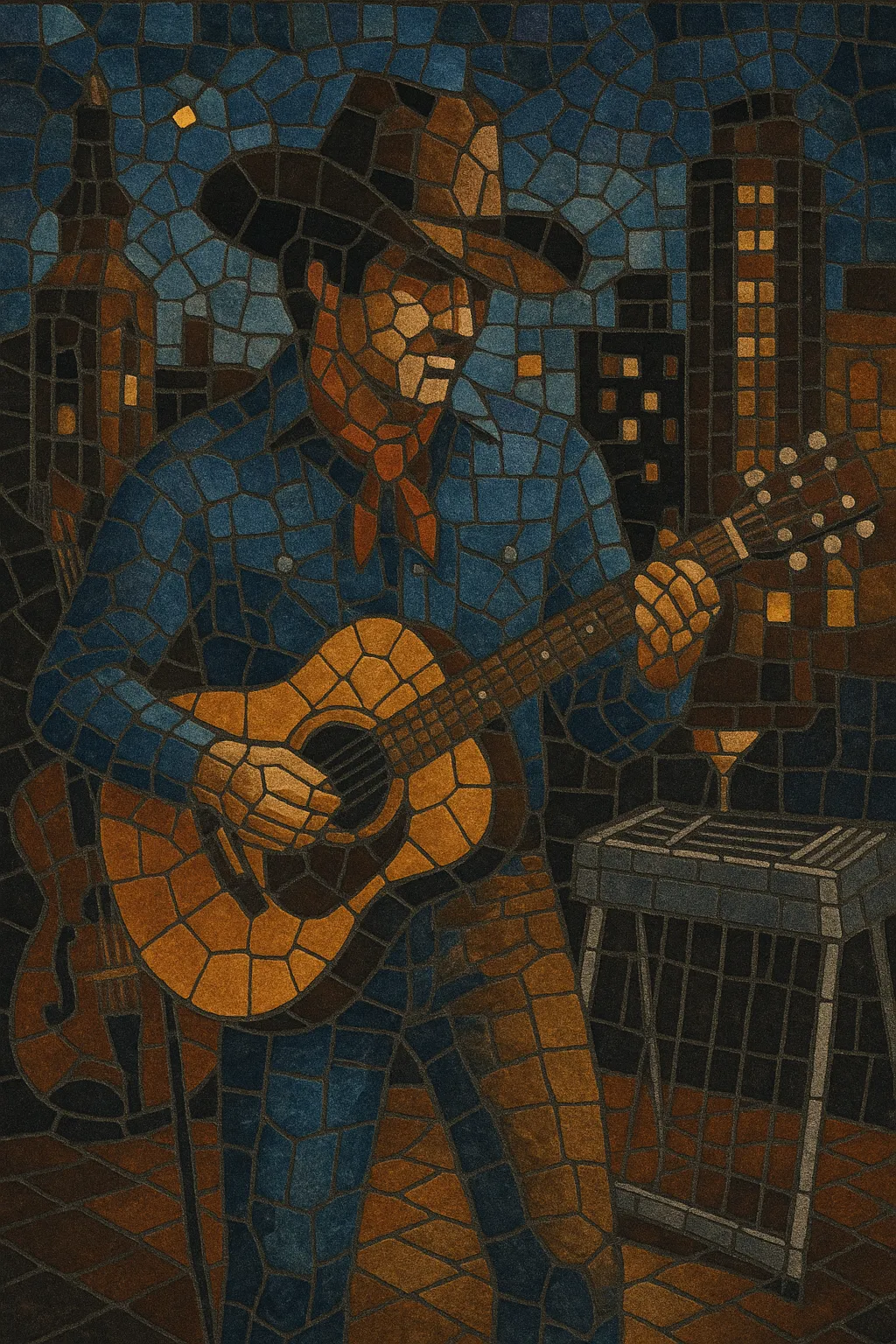
Urban cowboy is a polished, crossover strain of country music that surged after the 1980 film Urban Cowboy popularized honky-tonk nightlife for mainstream urban audiences.
Sonically it blends classic country instrumentation (steel guitar, fiddle, twangy electric guitars) with soft-rock and adult-contemporary production: smooth keyboards, string pads, clean rhythm sections, and radio-friendly hooks. Tempos are danceable for the two-step, lyrics center on romance, working-class aspirations, and nightlife at modern honky-tonks, and vocals are warm and conversational.
The result is an approachable, urbane version of country that fit seamlessly on pop and adult-contemporary playlists while keeping the dance-floor energy and storytelling of the honky-tonk tradition.
Urban cowboy emerged at the end of the 1970s as Nashville producers and Texas club circuits sought a more polished, metropolitan country sound. Honky-tonk venues added large sound systems and dance-floor programming that favored smooth, two-step-friendly songs with pop appeal.
The release of the film Urban Cowboy (1980), set in Gilley’s Club outside Houston, turned the club scene—and its music, fashion, and mechanical bull—into a national craze. The soundtrack’s success (e.g., Johnny Lee’s “Lookin’ for Love,” Mickey Gilley’s “Stand by Me,” and Kenny Rogers’ ballads) accelerated a country–pop crossover wave across radio and retail.
Producers blended steel guitar and fiddle with soft-rock keyboards, string pads, glossy reverb, and tidy rhythm sections. Songs were arranged for the two-step and the floor, emphasizing mid-tempo grooves, clear storytelling, and singable choruses. The image—cowboy hats and boots in urban nightclubs—reframed country as contemporary nightlife culture.
Country acts with crossover leanings dominated charts and television variety shows. Nashville studios standardized sleek production, and country entered adult-contemporary and pop rotations, expanding the audience far beyond regional bases.
The urban cowboy moment normalized country’s pop crossover and dance-floor orientation, paving the way for contemporary country’s mainstream infrastructure and radio formats. Although later neotraditionalist artists reacted against the polish, the era permanently broadened country’s audience and cemented the viability of smooth, radio-ready country balladry.

